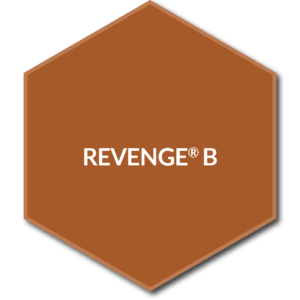Why Use Revenge® A?
- AgraCity Exclusive Product- contains 2 modes of action with a higher rate of dicamba for control of Group 2 resistant kochia
- Control of tough weeds like kochia, Russian thistle, and volunteer canola and quick control
- Controls or suppresses over 40 grass & broadleaf weeds when mixed with glyphosate
- Three modes of action when mixed with glyphosate for herbicide resistance management
- Systemic and contact activity for dependable control
- No re-cropping restrictions the year after application
- Affordable reduced tillage control of broadleaf weeds
- Powerful control of the toughest broadleaf weeds















